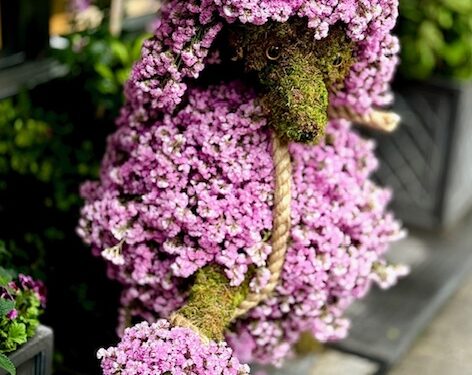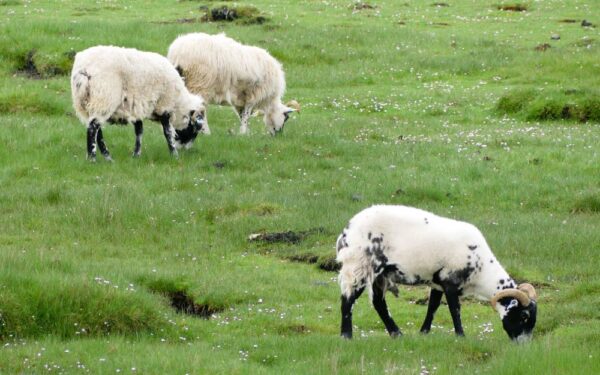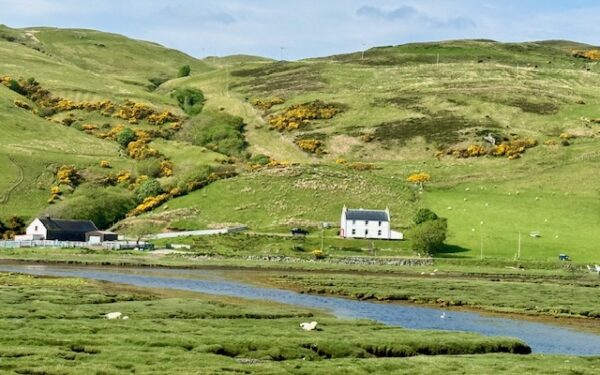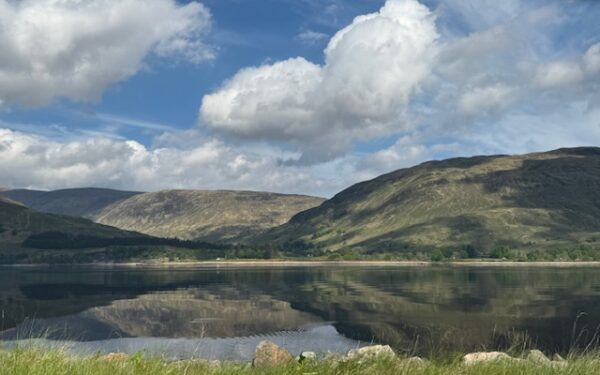“You make kingdoms and castles on your own.” Stephan Jenkins
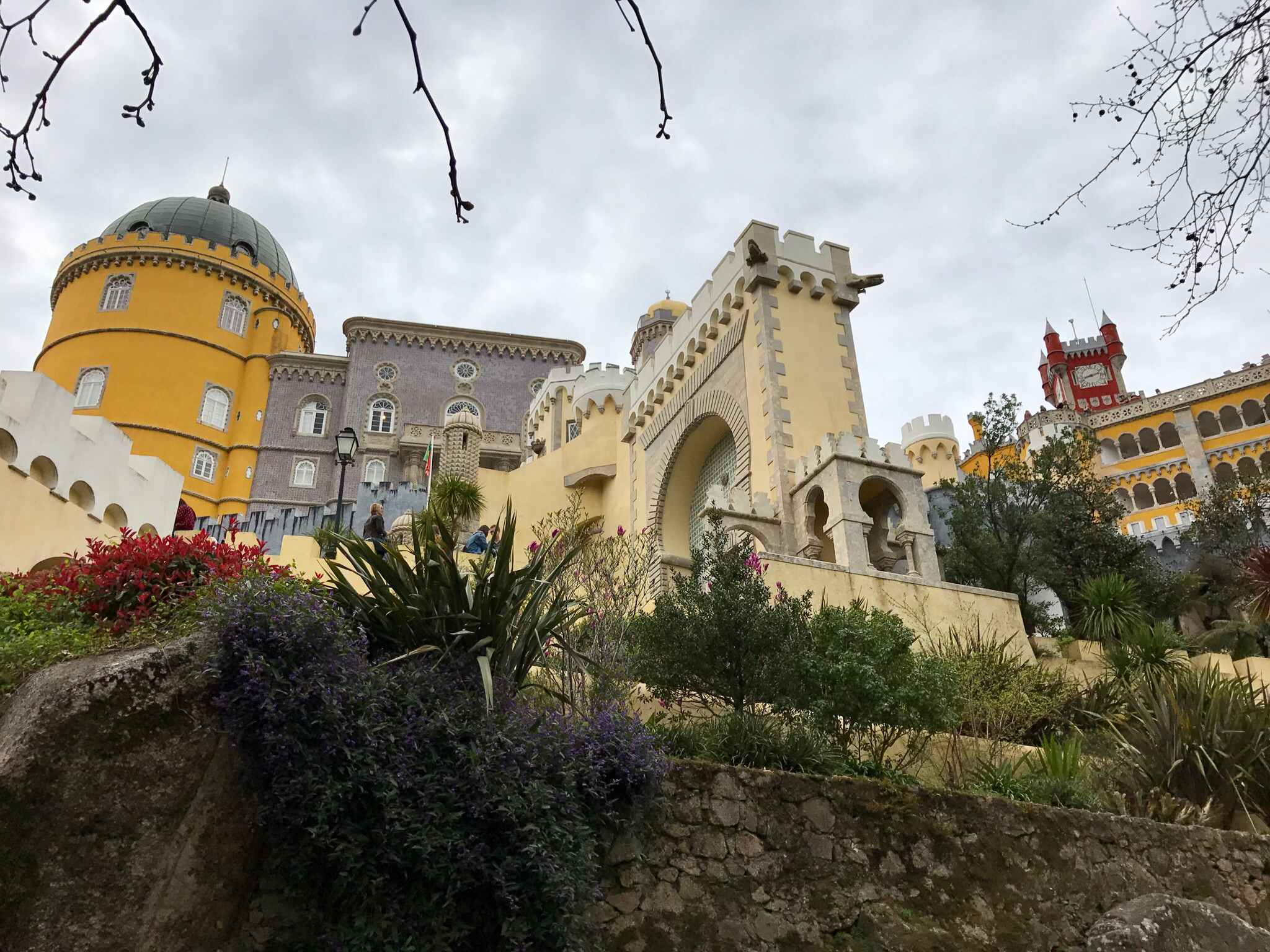
Mar 17, 2017
Our first day of officially touring Portugal starting in the Magical town of Sintra known for its many 19th-century Romantic architectural monuments, which has resulted in its classification as a UNESCO World Heritage Site.
The area is dotted with royal retreats, estates and castles some beautifully preserved and some in ruins.
little did we know that we so much walking up down hills and stairs our fit bit recorded over 14,000 steps it would ha recorded more if we had not paid 5 Euros to a lovey Portuguese woman who offered to take us from the parking lot in an open-air converted Peugeot to the entrance to the Pena Castle, best investment ever.
With our GPS help, we managed to visit the 4 castles described below, but at times the narrowness of the street made for it white knuckle driving barely wide enough for our rental vehicle, resulting in the proximity sensors to sound the alarm.
The Pena Palace stands on the top of a hill above the town of Sintra, and on a clear day it can be easily seen from Lisbon It is a national monument and constitutes one of the major expressions of 19th-century Romanticism in the world.
The castle’s history started in the Middle Ages when a chapel dedicated to Our Lady of Pena was built on the top of the hill above Sintra. According to tradition, construction occurred after an apparition of the Virgin Mary.
The Great Lisbon Earthquake of 1755, reduced the monastery it to ruins, the chapel escaped without significant damage.
For many decades the ruins remained untouched, until Prince Ferdinand in 1838 decided to acquire the old monastery, all of the surrounding lands, the nearby Castle of the Moors and a few other estates in the area.
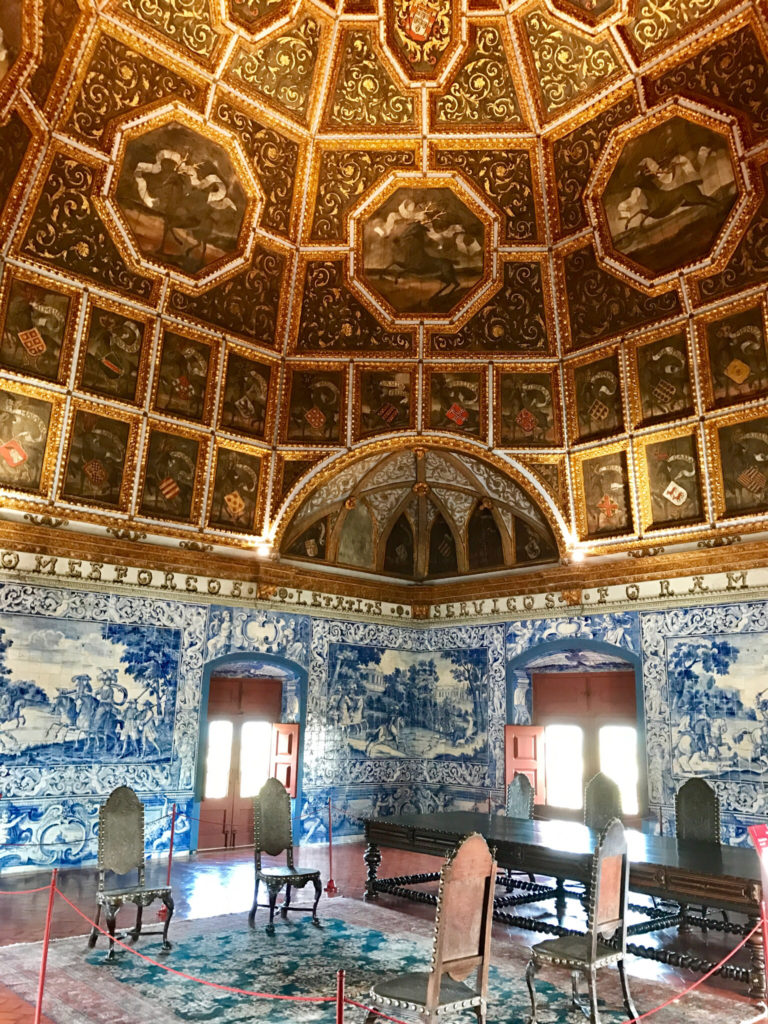
The Pena Palace was adapted to serve as the Summer residence of the royal family. It has amazing stuccos, painted walls in trompe-l’oeil and various revetments in tile from the 19th century, forming part of the numerous royal collections.
The Pena Palace has a profusion of styles much in accordance with the exotic taste of the Romanticism. The intentional mixture of eclectic styles includes the Neo-Gothic, Neo-Manueline, Neo-Islamic and Neo-Renaissance. Almost the entire palace stands on rock in the Sintra Mountains. Structurally, The palaces bright colors oh yellow and red over shadows the landscape.
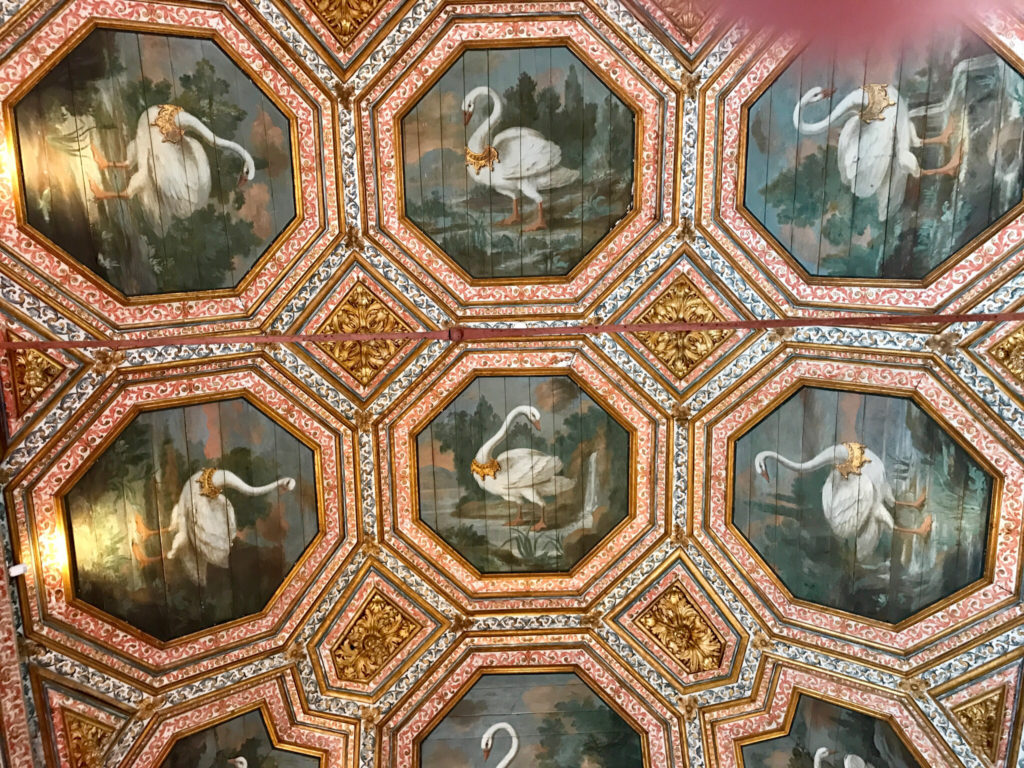
The overall architecture location and surrounding fauna, give the impression of Disney imagenering department at work.
Palácio Nacional de Sintra Is the best-preserved medieval royal residence in Portugal, being inhabited more or less continuously from at least the early 15th century to the late 19th century. The history of the castle begins in the Moorish Al-Andalus era, after the Umayyad conquest of Hispania in the 8th century when Sintra had two castles. One was located atop a hill overlooking Sintra. It is known as the Castelo dos Mouros and is now a romantic ruin.
Sintra Palace’ castle is a blend of Gothic, Manueline, Moorish, and Mudéjar styles. The conical chimneys of the kitchen that dominate the skyline of the city. Most rooms are decorated with polychromed tiles specially made in Seville. These multicolored tile panels bear Islamic motifs and lend an Arab feeling to many of the rooms inside.
The Convento dos Capuchos, is a historical convent consisting of small quarters and public spaces. The minimalist convent was erected in perfect harmony with its surroundings, implanted in the rocks and boulders. Due to the slopes, many of the dependencies are constructed on the slopes, each level used to identify the ascendency and purification of the spirit. Researchers have suggested that the composition of buildings and spaces was influenced by the number 8 (evident in the number of cells and stairs between rooms), and which symbolized infinity.
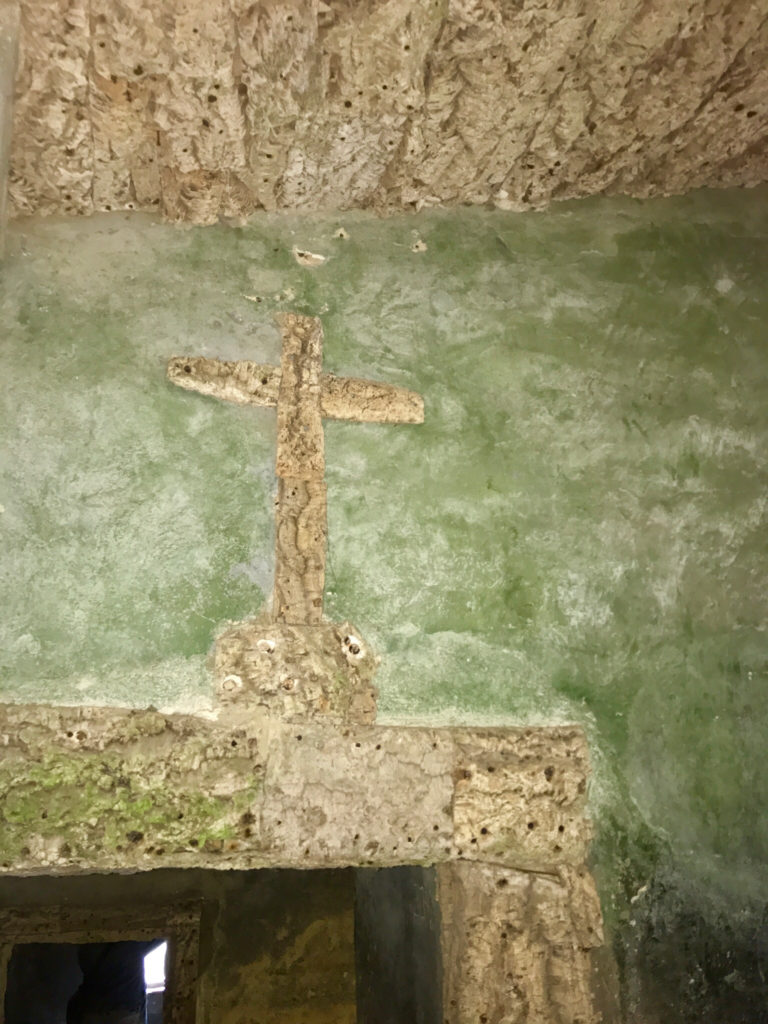
The whole building is small. Its windows, ceilings, and doors are coated with cork, the traditional material of Portugal. The cork acted as an insulator (protecting the clergy from the cold humid environment), while the austere floor is composed of stone slabs.
Palácio de Monserrate is an exotic palatial villa it served as the traditional summer resort of the Portuguese court. It was restored in 1858 for Sir Francis Cook, an English baronet created Viscount of Monserrate by King Luís.
The design was influenced by Romanticism and Mudéjar Moorish Revival architecture with Neo-Gothic elements. The eclecticism is a fine example of the Sintra Romanticism, along with other nearby palácios, such as the Pena Palace and the Quinta do Relógio. The Islamic architectural influence is in reference to when the region was a part of the wider Muslim Gharb Al-Andalus until the 13th century.
The palace is surrounded by a large park. It is designed in a romantic style with a lake, several springs, waterfalls and fountains, grottoes, and is surrounded by lush greenery with rare species of plants although not native to Portugal have thrived in this environment.
With all 4 castles visited there was still one more, but when David took a look at how much we had to climb, he decided to skip it……..I have previously being there with Margarita and I remember her telling me ” that I was not a goat” and stop climbing the walls.
Castelos dos Mouro is a hilltop medieval castle built by the Moors in the 8th and 9th centuries, it was an important strategic point during the Reconquista, and was taken by Christian forces after the fall of Lisbon in 1147. All that is left of the castle are its ramparts it’s rooms are in ruins.
But before we returned to our Posada, I had to show David one more spot.
Cabo da Roca a cape that forms the westernmost extent of mainland Portugal and continental Europe. The monument at the site is inscribed as followed; Aqui, onde a terra se acaba e o mar começa…Here, where the land ends and the sea begins…
It was a full day of activities, so after a nice dinner with David requesting a doggy bag we retired to a well deserved sleep.
Tomorrow on the Road to Évora…..
